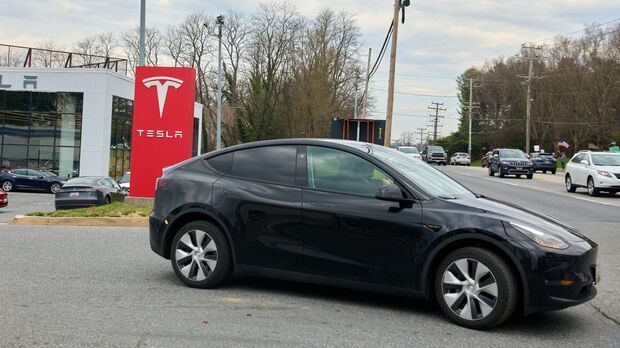
Although it was a tough year overall, Tesla witnessed a somewhat favorable third quarter.
In 2025, a satisfactory quarter for Tesla still resulted in a 37 percent decline in profits, even as revenue rose by 12 percent.
The electric vehicle manufacturer, led by Elon Musk, reported $28.1 billion in revenue for the third quarter concluding in September. Nevertheless, operating expenses escalated by 50 percent. As a result, despite the increase in revenue from heightened sales, Tesla posted only $1.4 billion in profit for Q3 2025.
This profit was derived from $25.2 billion in revenue, down from $2.2 billion the year prior.
Tesla’s difficulties go further than this. Even the substantial sales increase in the third quarter, where an unprecedented number of EVs were sold, carries some reservations.
Tesla’s obstacles are growing
For several years, Tesla profited from tax and regulatory carbon credits, but these financial supports cannot be depended upon going forward.
The surge in Q3 sales appears to have been fueled by consumers hurrying to purchase EVs before the $7,500 federal EV tax credit program ended on September 30. This was an isolated occurrence, spurred by buyers who were already intending to buy a vehicle and aiming to take advantage of the final opportunity to benefit from the tax credit.
Tesla delivered 497,099 vehicles in Q3, but duplicating these sales numbers in the absence of the tax credit seems improbable.
Moreover, $417 million of Tesla’s third-quarter profits originated from the sale of regulatory carbon credits to other automakers. These credits have been a key revenue source for Tesla. However, under President Donald Trump’s budget proposal, the U.S. government is poised to terminate the carbon credit program, eliminating a significant income stream.
Musk himself has played a part in Tesla’s challenges. The company’s financial issues began after Musk became a divisive figure among liberal-leaning customers due to his connections with President Trump and his involvement in DOGE.
Regardless, Musk pushed for a $1 trillion compensation plan during the quarterly earnings call to manage Tesla’s “robot army.”